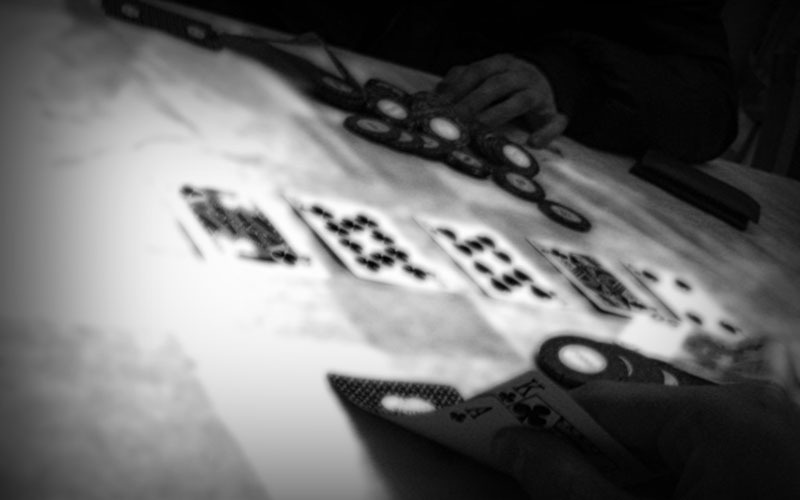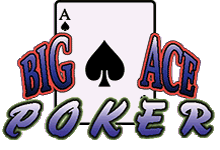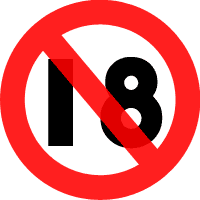
General
Although 7 Card Stud Poker rarely, if ever, receives any media coverage, it is often the preferred game played by die-hard poker players.
The number of players at a 7 Card Stud Poker table can vary between 2 to 8 per table, and betting usually various from as little as $2-$4 to as much as $100-$200 (although this amount is rarely seen at online casinos!). Buy-In is usually calculated at a fraction of the minimum bet, the typical range is 10 to 20 percent. Some do go higher (± 25%), but are usually considered then as high games. Thus if the buy-in is 10% and the table is a $5-$10 game, then the buy-in is $0.50.
Game Play
After the Buy-In, the dealer start dealing cards. The person to his immediate left is dealt the first card and then in a clockwise manner the rest of the players are dealt their cards. Each player is dealt three cards, the first two face down and the third face up. The lowest door (the card that is face up) card determines who opens the betting. If there is a tie, then the suit of the cards determines order. Spades (♠) being the highest, then Hearts (♥), then Diamonds (♦) and then finally Clubs (♣) which are the lowest. So if there is a tie, the person with the lowest suit will start the betting.
This is where the Bring-In bet comes into play. The Bring-In bet is usually twice the Buy-In value (thus for the $0.05 Buy-In example, the Bring-In would be $1). If the player decides not to continue in the game, he folds and the person to his left continues. In this round of the game, the player can either place a call or raise bet. If the player places a bet, either call or raise, the person to his left then continues until all the players have either placed a bet or folded. This round of the game is called the "Third Street" round as all players have three cards.
The next round is called the "Fourth Street". Each player that is still in the game, is dealt another card face-up. In this round, the player who starts the betting is determined by the highest hand showing on the two face-up cards. At this stage, the first player to act, can either check or make a bet. If he checks, then the next player can also check. But if he places a bet, all the other players have to either call, raise, or fold. The player to act first can place a bet equal to the table's low-limit ($2 in this example), and this then sets the raise value to the same value. In some variations, if the first person to act has a open pair, he has the option to set the bet at the table maximum. This then sets the raise to the same high limit.
When all the bets are finished in the "Fourth Street", the "Fifth Street" starts. Again all players are dealt a card face-up. As in the fourth street, the player with the highest poker hand can start the round (acts first). Take note that in this round, the minimum bet is the table high limit ($4 in this example). The player to act first has the option of checking, betting or folding. All players who play after him can also check or bet until the first bet is made. Then the only options available to them are call, raise or fold. Again this happens in a clockwise manner until all players have either bet, folded or raised. Then the next round starts.
In the next round (the "Sixth Street"), play happens exactly as in Fifth Street, with another card being dealt face up. Once again highest hand acts first and once all players have bet, the round finishes and the next round starts.
In the "Seventh Street", players are dealt one card face down and again the player with the highest hand starts the round. In this round, double bets are again used. Once all betting is completed, the "Showdown" happens where, starting with the player who opened (acted first) in the seventh street round, turns over all his cards so that all are face up. In the showdown, if a player decides not show his cards, he can muck out (fold) and then the winner is decided on the best poker hand from the players who participate in the showdown round.


